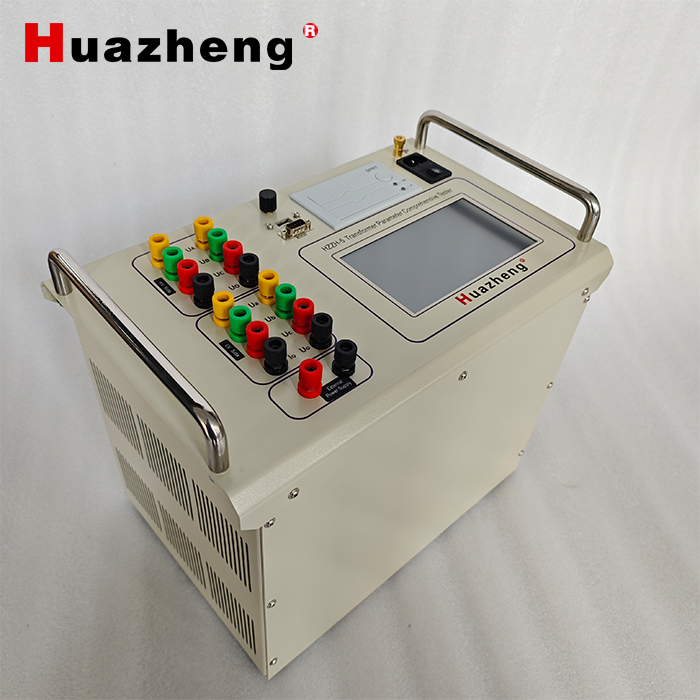1、 Quality assurance and defect investigation
Identification of process and material defects
Through routine tests such as DC resistance measurement and transformation ratio testing, problems such as winding breakage, inter turn short circuit, poor welding, and inconsistent wire specifications can be discovered. For example, abnormal DC resistance may reflect virtual soldering or poor contact at the joint, while a variation ratio deviation exceeding 0.5% indicates incorrect winding turns.
Insulation performance verification
Power frequency withstand voltage, partial discharge (PD) and other tests directly detect the integrity of the insulation system. Local discharge exceeding the standard (such as>10pC) may indicate that the insulation material contains bubbles or contamination, which can easily lead to breakdown faults during operation.
2、 Security risk prevention
Avoiding catastrophic accidents
If the sealing of oil immersed transformers is poor or the insulation oil deteriorates (such as breakdown voltage<40kV or moisture content>15mg/L), it may cause explosions or fires; Dry type transformers ensure flame retardancy through withstand voltage testing.
Protection design verification
The protection level of the shell (such as IP20 foreign object protection, IP23 rain protection), temperature control system (such as 155 ℃ alarm, 170 ℃ trip), etc. need to be confirmed through testing to prevent faults caused by external environment.
3、 Compliant with standards and regulatory requirements
Mandatory compliance
The factory inspection must meet domestic and international standards such as IEC, UL, GB, etc. For example, routine tests (winding resistance, withstand voltage) must be conducted for each unit, type tests (temperature rise, impact) are conducted for new design verification, and special tests (short-circuit withstand, noise) are conducted as needed.
Basis for responsibility traceability
As a legal document, the inspection report provides quality traceability evidence in product failure disputes to avoid manufacturer liability risks.
4、 Ensure long-term operational reliability
Performance parameter optimization
The no-load/load loss test is directly related to energy efficiency, and exceeding the loss limit will increase operating costs; Temperature rise test (such as winding limit of 100K) to verify the heat dissipation design and prevent overheating and aging.
Environmental adaptability verification
Dry type transformers need to pass wet heat and pollution tests, while oil immersed transformers need to be checked for oil chemical stability (such as dielectric loss factor<0.5%) to ensure a lifespan of 30 years in harsh environments.
5、 Industry and system level benefits
Supply chain quality control
Factory inspection forces upstream materials (such as silicon steel sheets, epoxy resins) and process improvements to enhance the overall level of the industry.
Power system stability
Transformer failure may lead to the collapse of the power grid. Testing can reduce the accident rate after operation and avoid power outage losses (such as verifying dynamic stability strength through short-circuit testing).
HZZH-5 Transformer Parameter Comprehensive Tester
